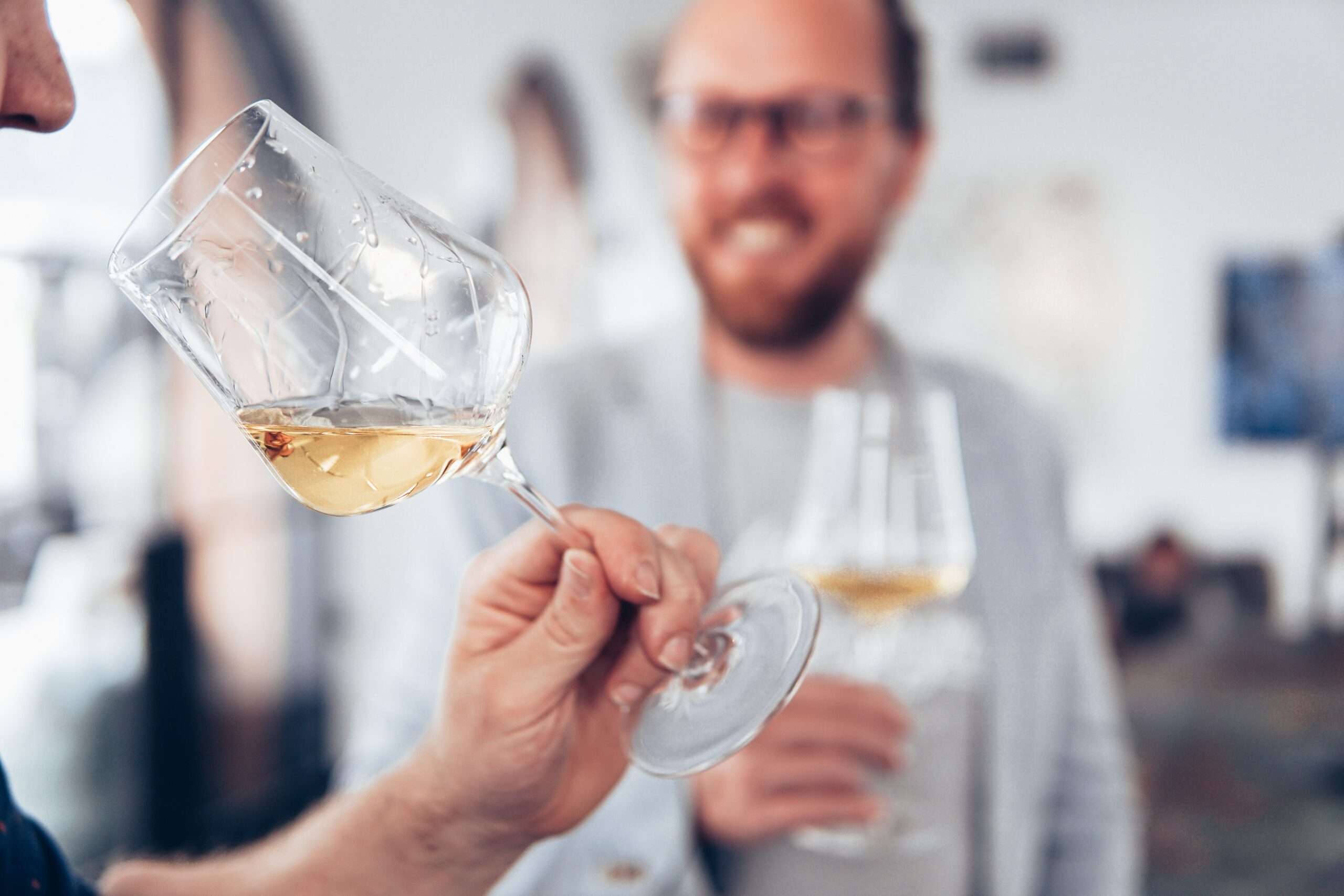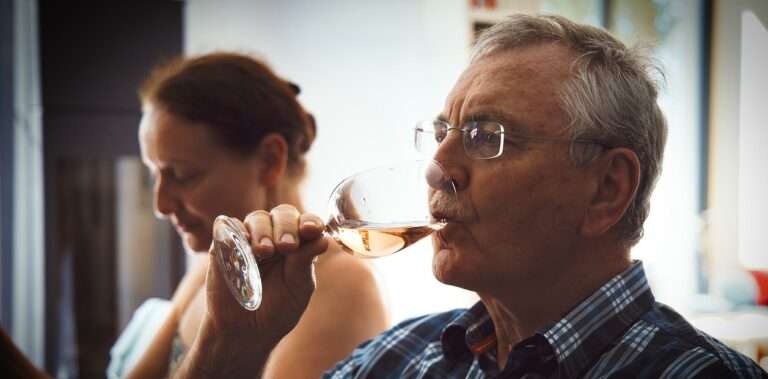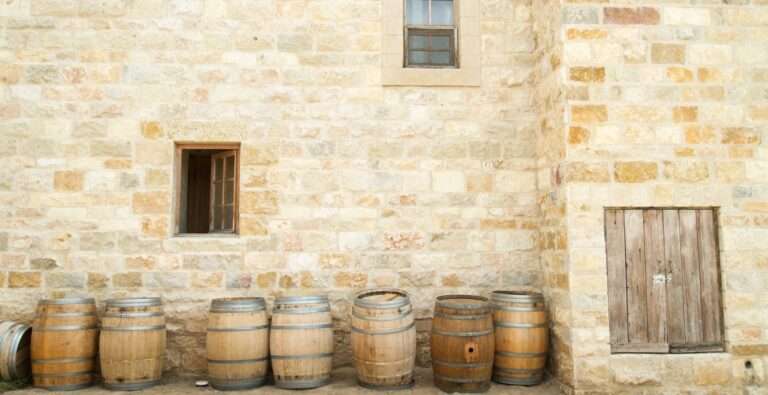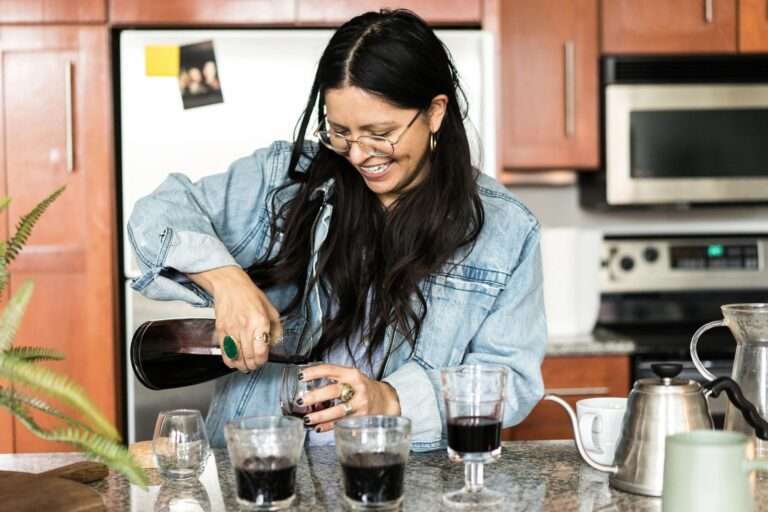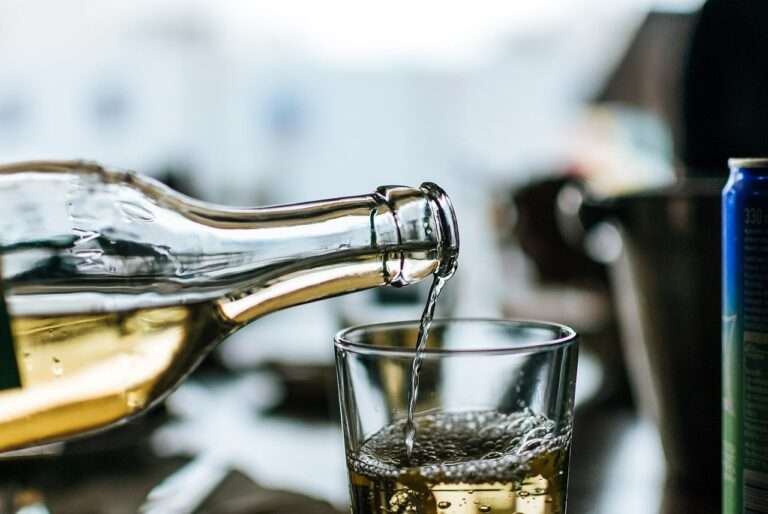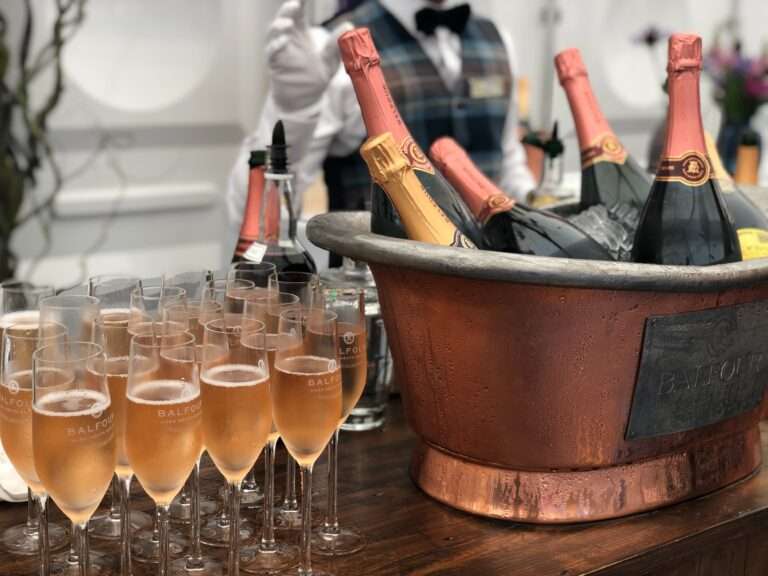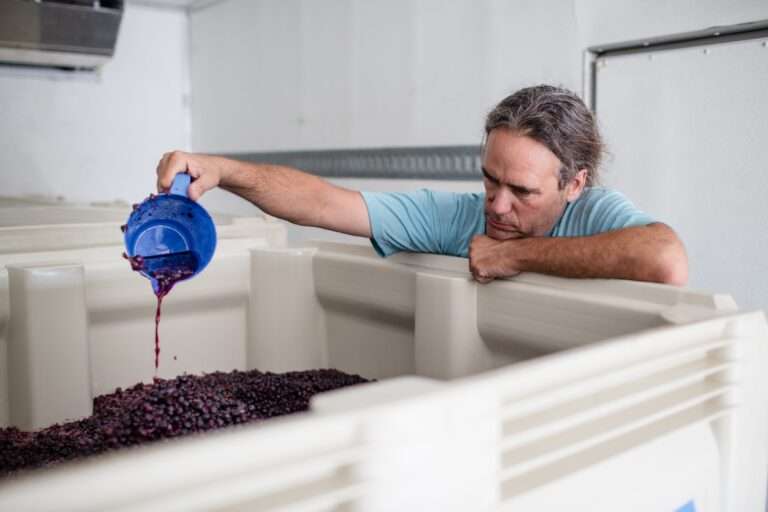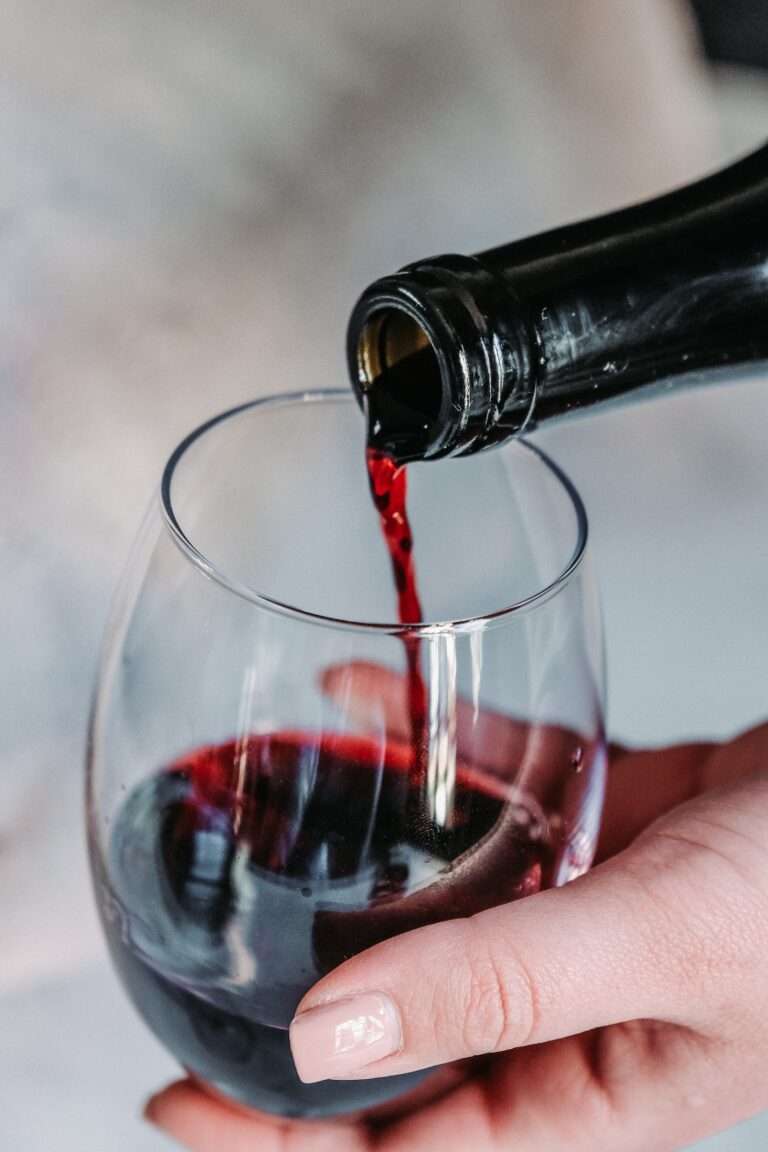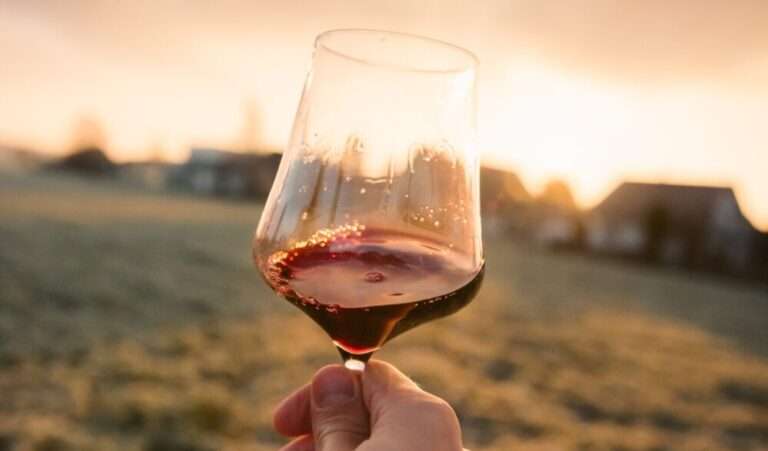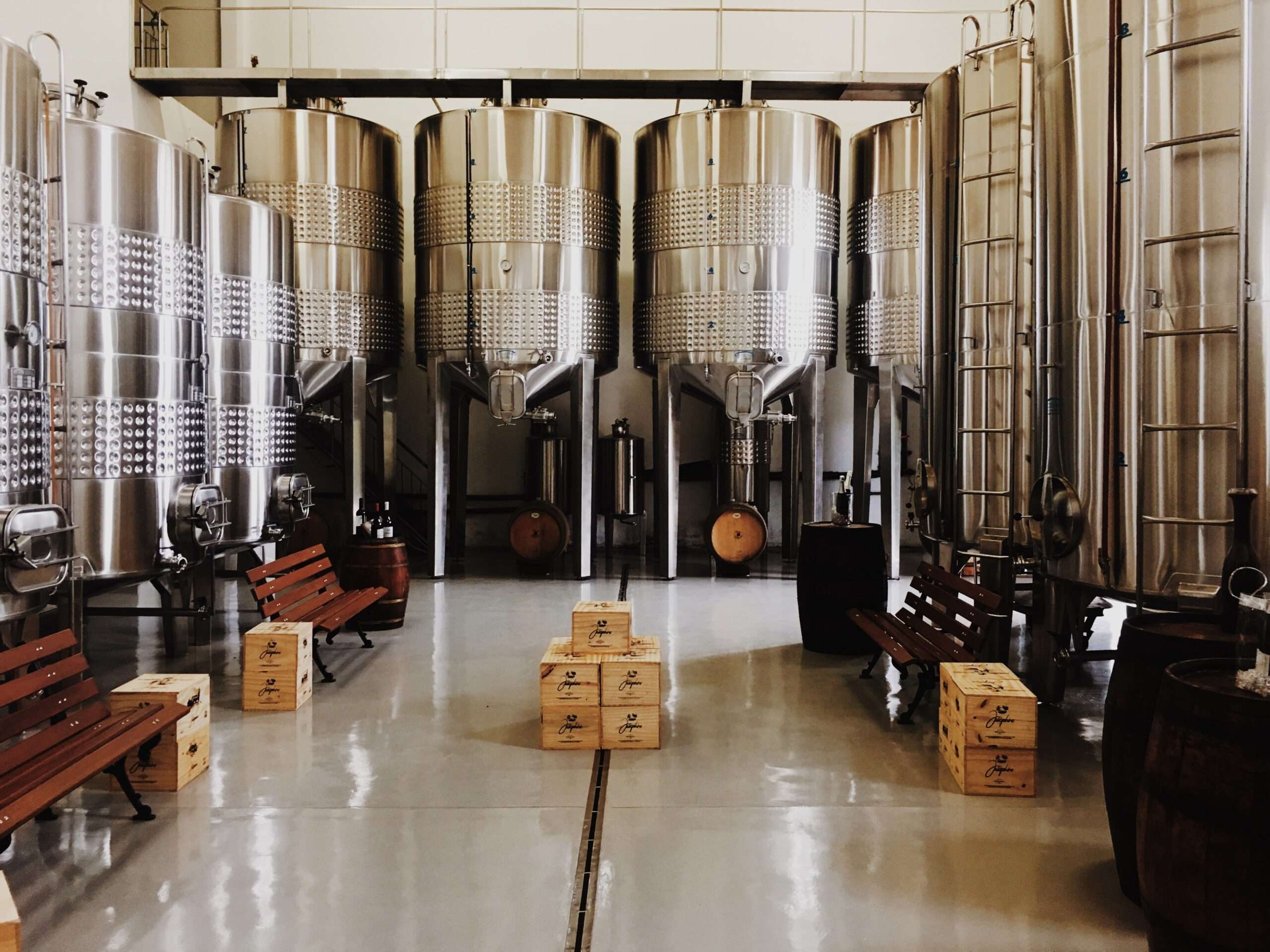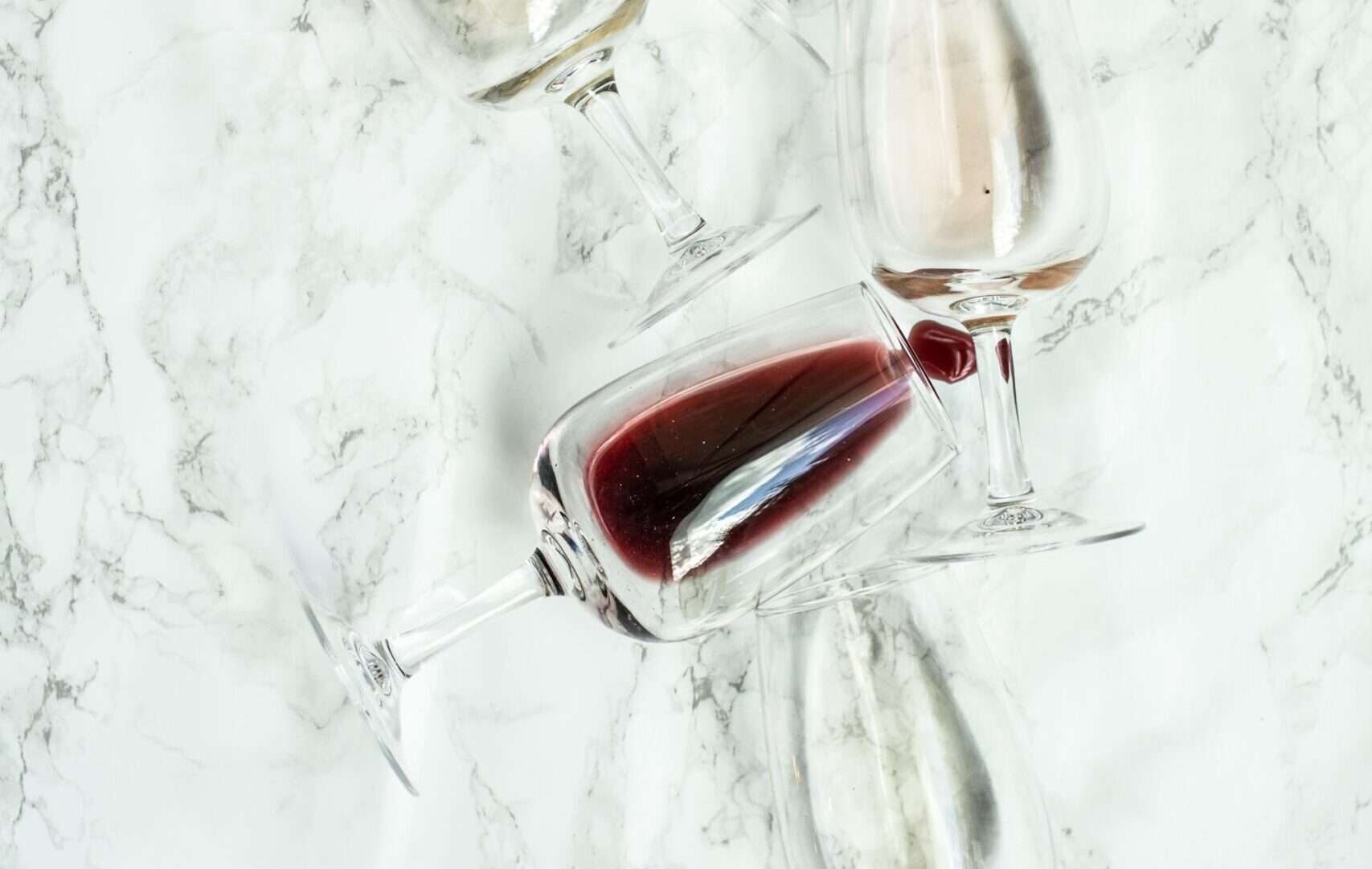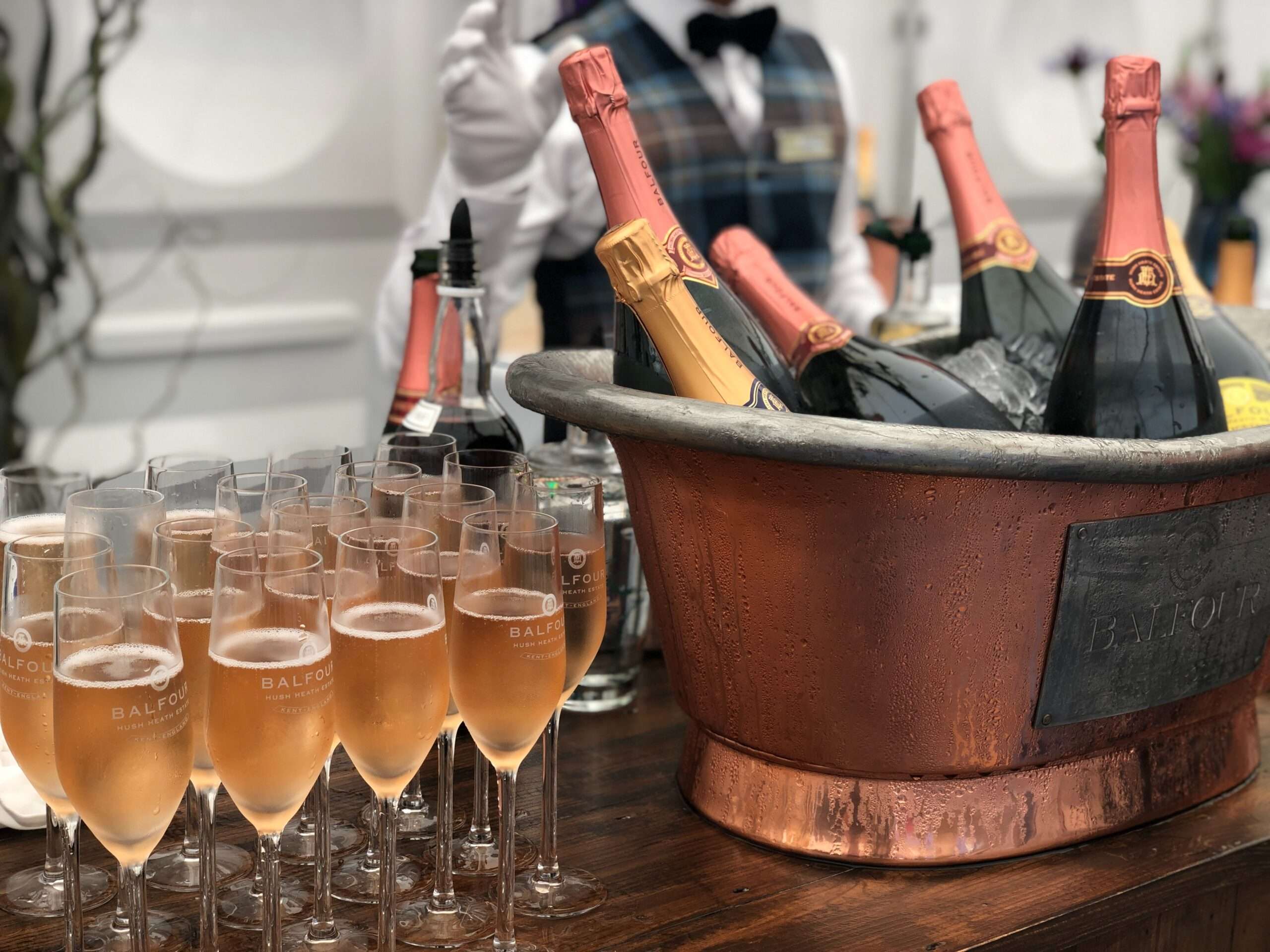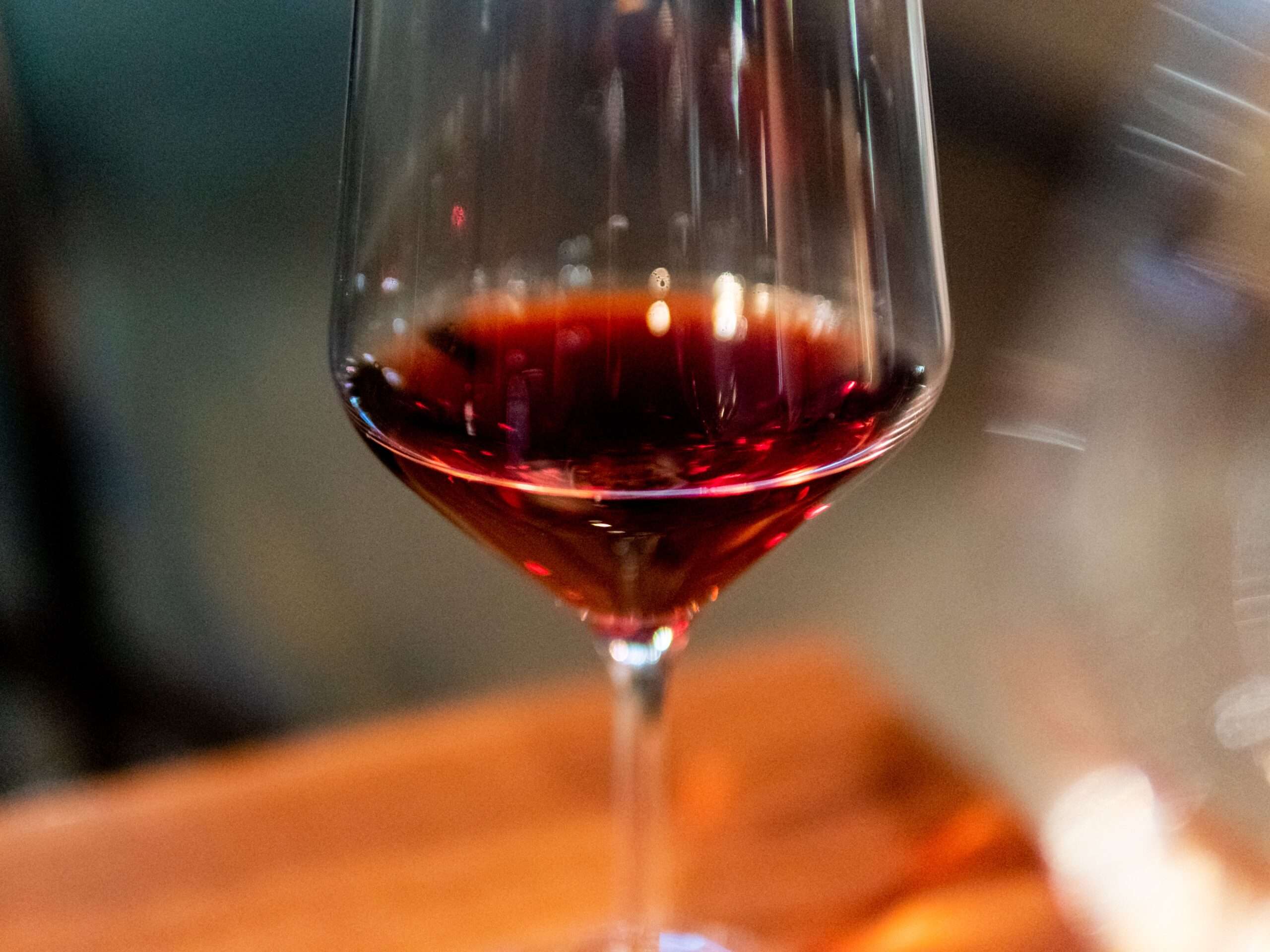The wide array of wine you see in the stores and restaurants can sometimes be overwhelming. You need to have at least a basic understanding of wine to know how to choose from the endless sea of bottles.
Some of the most conventional types of wine include Merlot, Rose, and Chardonnay. Many people who drink wine tend to develop a preference for a specific type and brand of wine. Learning about the various kinds of wine can be fun and exciting.
You may even impress others with your newfound knowledge. Look over this article and find out more about wine types and varieties of wine.
What Types of Grapes are There?
There are so many varieties of wine made with all different types of grapes. It can be challenging to choose a wine when you are out to dinner and want to determine the right wine to try. Hopefully, the following section will help narrow things down a bit.
Barbara
This red grape is known for its deep color, juicy fruit notes, and low tannin. It is traditionally grown in Northern Italy. It contains notes of the following fruits:
- Cherry
- Plum
- Raspberry
- Blueberry
- Vanilla
- Baking spices
When the wine matures in a barrel and is aged, it becomes denser and tastes like sour cherry. This wine is typically fruit-forward, which means it is intended for immediate consumption instead of aging. Barbara is comparable to Merlot in character.
Burgundy
Burgundy is a wine territory in Eastern France. There is red wine Burgundy and white wine Burgundy. Its reds are derived from Pinot Noir and Gamay, and its whites are made from Chardonnay and Aligote. Pinot Noir is the best red wine in Burgundy, as the body has notes of red fruit and spices.
The flavor profile of the red Burgundy includes the following:
- Raspberries
- Blackberries
- Cherries
The flavor profile of the white Burgundy includes the following:
- Peaches
- Citrus
- Apples
- Herbs
Chardonnay is recognized for its minerals, flowers, and white fruit. Unlike in other wine regions, in Burgundy, there is no blending of grapes performed during the winemaking process.
Chianti
This area is an Italian wine region located in Tuscany. It is created from Sangiovese grapes. Some of the notes you discover in this brilliant red wine include the following:
- Dried herbs
- Red fruits
- Balsamic vinegar
- Smoke
- Game
Chianti is an acidic wine typically made with at least 80 percent Sangiovese grapes and a small percentage of (usually) Merlot and Cabernet.
Grenache
Grenache is a red wine grape that hails from France’s Rhone Valley. It is mainly blended with Syrah and Mourvèdre. The vine is easy to grow as it produces large quantities of grapes. Grenache can be made into various wine styles ranging from dry to sweet.
Wines made with the Grenache grape boast a highly drinkable blend of juicy fruit flavors, such as the following:
- Raspberry
- Red and Black cherry
- Strawberry jam
- Candied violets
This wine is a fruit-forward wine, and it pairs well with most foods. It is full-bodied, and it contains high alcohol content.
Moscato
Moscato is a variety of wine from Italy created from muscat grapes, and it is a sweet wine with notes of peaches and orange blossom. It is lower in alcohol than most sparkling wines. It contains lower acidity and higher sugar content.
Moscato wine has exquisite aromas of the following:
- Mandarin
- Pear
- Orange
- Honeysuckle
Moscato is lighter-bodied and is often used as a base ingredient in many cocktails. Some Moscato’s contain floral flavors.
Reisling
Reisling is a hardy grape variety found in Germany. It is a white wine that contains a lovely perfume of the following:
- Fruits
- Flowers
- Honey
- Herbs
- Spices
This wine is light-bodied with high acidity. This wine ranges from dry to sweet.
Sauvignon Blanc
Sauvignon Blanc is a crisp and clean, dry white wine with rare acidity. Some of the favors in this wine include the following:
- Honeydew
- White peach
- Gooseberry
- Grapefruit
- Passion fruit
This wine is made from green-skinned grapes. It originated in the Bordeaux of France. It is named after the French terms for “wild” (Sauvage) and “white.” (blanc).
Cabernet Franc
This red grape is typically grown in Loire Valley and Bordeaux. This Cabernet is a blend of Cabernet Sauvignon and Merlot. It is a complex wine that contains notes of the following:
- Strawberry
- Raspberry
- Crushed gravel
- Chili pepper
- Bell pepper
Cabernet Franc has high acidity and tart bite to it. The grape is hardy, and it contains the same compound that provides bell pepper and jalapeño peppers with their unmistakable aroma.
Chardonnay
Chardonnay began in the Burgundy wine region of Eastern France. This dry white wine is created from the green-skinned grape. Some of the principal flavors contained in Chardonnay include the following:
- Starfruit
- Pineapple
- Yellow apple
- Vanilla
- Butter
The butter undertones of the Chardonnay give it a somewhat creamy flavor. It is versatile, light, and refreshing.
Gamay
Gamay is a purple-colored grape utilized to create highly acidic red wine. It contains flavors of cherry and raspberry, and it also includes a unique banana note. The character of the wine is fresh and fruity. This grape produces the lovely Beaujolais and some of France’s most flavorful red wines.
Malbec
Malbec wine is dry and full-bodied. It is known for its deeper, bolder taste and high acidity. It is a red wine with flavor notes of the following:
- Blackberry
- Red plum
- Vanilla
- Cherry
- Raspberry
- Tobacco
- Dark chocolate
- Oak
Malbec grapes are employed in a wide variety of red wine blends, including Merlot and Cabernet Sauvignon. This wine originated from the town of Cahors in the South of France.
Pinot Grigio
This light fruit-driven wine has high acidity. The lighter, crisper taste is created by harvesting the grape before it fully matures. Its taste profile is comprised of the following:
- Apple
- Lemon-lime
- Pear
- Peach
- Apricot
- Almond
- Baking spices
- Honeysuckle
- Melon
- Green apple
- Honey
- Raw almond
This wine has a relatively high sugar content. As you can see, Pinot Grigio is a wine with many different flavors. It originated in Burgundy, France.
Rose Wine
This wine is made by soaking red grapes on their skins for a shorter period than the red wines are soaked. Often been dubbed as the ultimate summer wine, it is has a unique flavor profile. It is not a type of grape, but it is a style of wine.
Rose wine procures its iconic pink color from its brief contact with red grapes. It tastes like a bright mixture of fruit and flowers.
Syrah and Shiraz
This grape has a unique spice to it. It hails from Rhone Valley in France. It is known as Syrah in France and Shiraz in Australia. Syrah has a hand in creating some of the world’s darkest, most full-bodied red wines.
Syrah is a dry wine, and it has a flavor profile that contains notes of the following:
- Blackberry
- Blueberry
- Boysenberry
- Olives
- Cloves
- Mint
- Chocolate
- Rosemary
- Tobacco
- Vanilla
Syrah has a strong acidity and tannins. It yields a jam-like taste and is velvety smooth.
Red and White Zinfandel
Both red and white zinfandel is made with the same kind of grape. The variation is in how the grapes are grown and the winemaking process. White zinfandel has a light pink color, and the grapes are picked earlier.
White zinfandel tends to have a flavor profile that includes notes of the following:
- Strawberry
- Raspberry
- Cherry
- Citrus
The flavor profile of the red zinfandel contains notes of the following:
- Raspberry
- Blackberry
- Cherry
- Plum
Grapes for red zinfandel become much riper and more mature. There is a higher amount of fruit acidity in the white version of zinfandel.
Cabernet Sauvignon
This Cabernet is a dry red wine that demonstrates ripe fruit character and bold taste. Its flavor profile contains notes of the following:
- Black cherry
- Black currant
- Graphite
- Baking spices
- Cedar
Cabernet Sauvignon is high acidity and high tannin wine. It provides you with vibrant and robust flavors.
Merlot
This dry red wine is full-bodied and has high acidity. It originated in Bordeaux in the South of France. Merlot has a wide variety of flavors, including the following:
- Cherry
- Plum
- Vanilla
- Bay leaf
- Chocolate
Merlot is often intermingled with Cabernet Sauvignon and Cabernet France. This wine is sophisticated yet approachable.
Pinot Noir
Pinot Noir is a red wine made in places throughout France. It is especially important in Burgundy, where the most sought-after Pinot Noir is made. The flavor profile of Pinot Noir includes the following:
- Raspberry
- Clove
- Cherry
- Mushroom
- Hibiscus
Pinot Noir is lighter than Cabernet Sauvignon and Merlot. It is also a bit more pungent than other reds.
Sparkling Wines
Sparkling wine is carbonated wine that can be made from any red or white grape. White sparkling wine is the most common, but sparkling rosé and reds exist. Sparkling wines can be dry or sweet. The profile range depends on the type of grape and how the wine was made.
Champagne is the most popular type of sparkling wine. It originated in France. The grapes used in Pinot noir, Pinot Meunier, and Chardonnay make most Champagnes. These grapes produce a type of bubbly white wine that is the hallmark of Champagne.
What Are the Top Wines?
There is nothing like a great bottle of wine. Some wines may be pricy, but the perfect bottle of wine is a priceless experience. The following include some of the best bottles of wine that are produced throughout the world:
| ESTATE NAME | TYPE OF WINE | VINTAGE YEAR | PRICE | WHERE TO BUY |
| Dominus™ | Cabernet | 2018 | $ 399.95 | Wine Express |
| Chateau Pichon™ | Bordeaux | 2018 | $ 249.97 | Artisan Wine |
| Heitz Martha’s Vineyard™ | Cabernet Sauvignon | 2016 | $ 219.99 | Martha’s Vineyard |
| Merum Priorati™ | Priorat Desti | 2018 | $ 30.24 | Drinks & Co. |
| Le Chiuse™ | Brunello di Montalcino | 2016 | $ 39.95 | Wine Express |
| Louis Latour™ | Corton-Charlemagne | 2018 | $ 209.95 | Wine Express |
| Château Léoville Poyferré™ | St.-Julien | 2018 | $ 187.97 | Wine Chateau |
| Cavallotto™ | Barolo Bricco Boschis | 2016 | $ 60.00 | Wine-Searcher |
| Salvestrin Dr. Crane Vineyard™ | Cabernet Sauvignon St. Helena | 2018 | $ 76.00 | Wine-Searcher |
| Château de Nalys™ | Châteauneuf-du-Pape | 2018 | $ 79.99 | KL Wines |
The list above is from Wine Spectator’s top 100 wines for 2021. We took the first ten for you to peruse. If you select the type of wine, you will be taken to a lovely movie review of each wine. If you choose where to buy, you will be taken to pricing and where you can purchase.
What Does it Actually Take to Make a Great Bottle of Wine?
Great winemaking is an art. You know, when you are drinking wine, that hits the spot and impresses your senses. When it comes to wine, the price should not matter. A great bottle of wine is unmistakable, and it involves a lot of time and thought put into it. The subsequent are a few of the ways that explain what it takes to make a great bottle of wine:
The Right Grapes
It is possible to make wine from grapes purchased from the grocery store, but it will probably be thin and tasteless. If you are going to make a bottle of great wine, the grapes need to come from a vineyard in a region known for producing quality wine.
Some of the world’s most cherished vineyards have suitable grapes for creating many bottles of great wine. You want wine made from these grapes.
Great Winemaking
You need expert skills to create a bottle of wine that will dazzle. Great winemaking takes a lot of time, patience, and care. Whether the grapes are crushed by the feet of the most esteemed winemaker or by some other method, the result should be a wine that is impossible to forget.
The Bigger Picture
Those winemakers committed to making great wine have one thing in common. They have the desire to create a brand that will outlast them. They know their target audience and why their wine is so popular with them.
They create a loyal customer base and are dedicated to exercising great care in producing the wine and making sure it is a wine that will still be around after they are gone.
The Style
Style is the personal touch the winemaker adds to the wine to make it unique and memorable. They educate themselves on creating a brand that stands out and is different from the rest. Their goal is to achieve success through their style of winemaking.
How Are Wines Different?
Different types of wines fall under different classifications. You can have anything from a rich, dark, and complex, full-bodied red to a sweet, crisp, light white wine. The following descriptions explain how wines are different.
Full-Bodied Reds
Full-bodied wines are bolder and more intense. They also tend to be drier and have higher alcohol content. They come from a thicker, darker-skinned grape. Rich reds utilize the grape and the seeds.
The tannins come from the seeds of the grapes, which makes the tannin content higher and the body of the wine fuller. A full-bodied red wine tends to have an oaky taste combined with rich dark fruits like cherries or plums. An example of a classic full-bodied red is Cabernet Sauvignon.
Medium Bodied Reds
Everything about medium-bodied reds falls into the middle range, as the name suggests. These wines are created from red grapes with medium alcohol content and balanced tannin content. They are also in the middle when it comes to acidity.
Medium-bodied reds can range from having a slight tobacco flavor with a touch of smokiness to being fruit-forward and focusing on black fruit aromas and flavors. It could present with flavors of currants, cherries, and blueberries.
Medium-bodied reds are lighter than full-bodied reds. An example of the quintessential medium-bodied red wine is Merlot.
Light Bodied Reds
Light-bodied red wines tend to be more delicate and lighter in character. It uses grape varieties with thinner, lighter skins compared to fuller-bodied reds. They are fruit-forward, comprised of sweet red fruit flavors like fresh raspberries and strawberry jam.
Light-bodied wines contain flowery aromas and the earthy tones of French oak. These wines tend to have lower alcohol content. Light-bodied wines also have fewer tannins and tend to be more versatile when it comes to pairing them with food.
Light-bodied reds are also lighter in color. The classic instance of a light-bodied red wine is Red Zinfandel.
Rosé Wine
Rosé falls somewhere between red and white wine. It is nicknamed the “summer wine” because it is light, refreshing, and easy on the palate. It is excellent when it is chilled to the perfect temperature. Its flavor can vary from strawberry and raspberry to melon and citrus.
Rosé wine does not soak with the skins of the grapes for very long. It only stays there until it has achieved its signature pink color. Some of the different grapes used to create rose wine include Grenache, Sangiovese, and Mourvedre.
Full-Bodied Whites
Full-bodied white wine contains a higher alcohol content than light-bodied whites, and they are made from the skins of yellowish, gold, or green grapes. There is typically a higher sugar content associated with full-bodied white wines.
White wines contain less alcohol than red wines. Full-bodied white wines are also dry. They are also less acidic and less heavy compared to red wines. However, rich white wine is a bit heavier than lighter white wine. The classic example of full-bodied white wine is Chardonnay.
Light Bodied Whites
Light-bodied white wine has less sugar and alcohol than full-bodied white wines. This change over is because, during fermentation, the sugar changes into alcohol. More sugar equals more sugar to be made into alcohol. Fuller-bodied whites have more sugar, which increases the alcohol content.
Light-bodied white wines tend to be crisper and taste sweeter. They are lighter in color and less acidic. They also seem to be more watery than full-bodied white wine. The classic example of a light-bodied white wine is Pinto Grigio.
Sparkling Wines (Champagne)
Sparkling wines like Champagne have bubbles. Champagne is often reserved for special occasions. There is a romantic association with it, and it is typically used to celebrate weddings and anniversaries.
It is sometimes employed to celebrate New Year’s Eve, as many individuals raise a glass and ‘toast’ to the New Year. It is the most famous of all the sparkling wines and is known for its reputation for extravagance.
What is the Difference Between Dry and Sweet Wines?
When the fermentation process is completed, then the wine is dry. Winemakers that create dry wines permit the yeast to consume all the sweet contents, leaving no residual sugar. Dry wines tend to have less than one percent of the sugar.
This percentage means that none of the residual sugar is left in the liquid. Dry wine may be lacking in sweetness. However, it can still have fruit flavors in it.
When making dry wine, the purpose of the fermentation is to convert all the sugar into alcohol fully. The wine becomes twelve to sixteen percent alcohol. This process is what makes a wine dry. Any wine can be made totally dry or abundantly sweet.
However, wine with high levels of acidity and bitterness will conceal the taste of sweetness. Many dry, acidic wines have sugar and no added sugar from the grapes. Sweet wines, on the other hand, contain residual sugars in them.
Sweeter wines tend to have less alcohol. When making wine sweet, the fermentation process must be stopped early. Late harvest sweet wines are the exception.
With late harvest wines, the grape sugars concentrate on the vine for a more extended period, which means the natural alcohol within the grape also concentrates on the vine for longer. Generally, steer clear of cheap sweet wines, as they generally do not taste good.
Conclusion
There are a plethora of different grapes used to make wine, and there are many types of wine. There is everything from the driest of reds to the sweetest of whites.
Many people have a favorite type or particular brand of wine. The wine you choose to drink says a lot about your personality.

